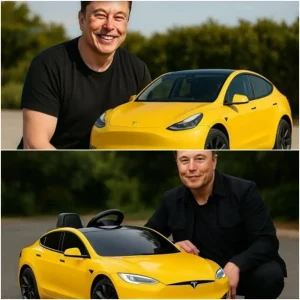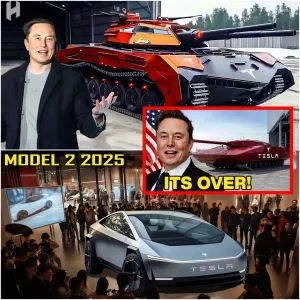
Elon Musk has announced that Tesla is preparing to launch a Robotaxi API with advanced features, with the official unveiling set for August. This latest development marks a significant step forward in Tesla’s autonomous transportation ambitions, aiming to redefine ride-hailing through fully self-driving technology.
The Robotaxi API is expected to integrate seamlessly with Tesla’s Full Self-Driving (FSD) software, allowing for an on-demand, fully autonomous ride-hailing service. It will provide users with a streamlined digital platform to summon Tesla vehicles, manage ride preferences, and even participate in fleet operations. This move positions Tesla as a major competitor to traditional ride-hailing services such as Uber and Lyft, but with the advantage of eliminating the need for human drivers.
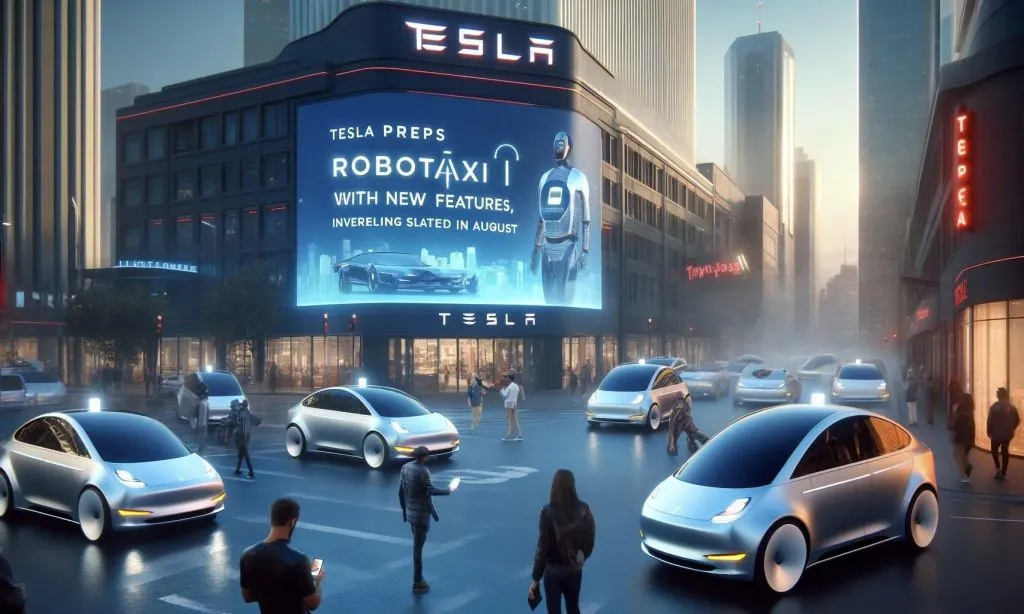
Among the anticipated features of the API, Tesla is likely to introduce AI-driven route optimization, leveraging real-time traffic data to ensure the most efficient paths. Additionally, dynamic pricing models could adjust fares based on demand, similar to surge pricing used by existing ride-hailing platforms. The system may also allow for integration with smart city infrastructure, facilitating better traffic management and reducing congestion.
One of the most notable aspects of this development is its potential impact on Tesla owners. Musk has long championed the idea that Tesla vehicles could generate passive income when not in use. With this API, owners may be able to enroll their cars in the Robotaxi network, turning their personal vehicles into autonomous taxis that operate while they are not driving.
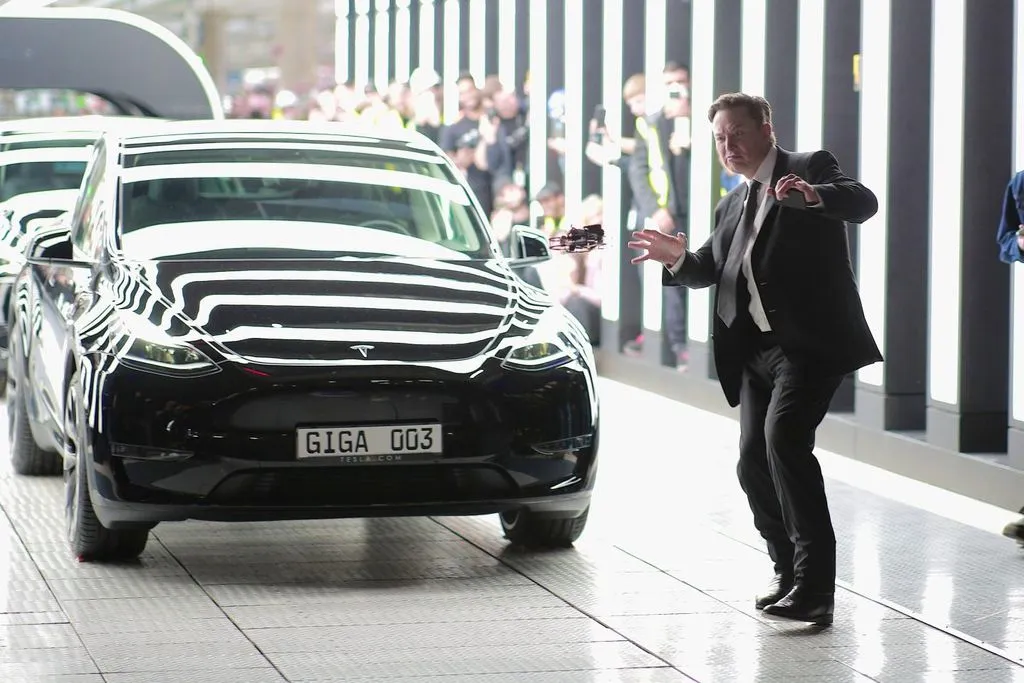
This initiative, however, faces significant regulatory challenges. While Tesla’s Full Self-Driving capabilities continue to improve, many regions still require human oversight for autonomous vehicles. Musk is expected to address these concerns during the August event, outlining Tesla’s strategy for securing regulatory approvals and expanding its Robotaxi service across different markets.
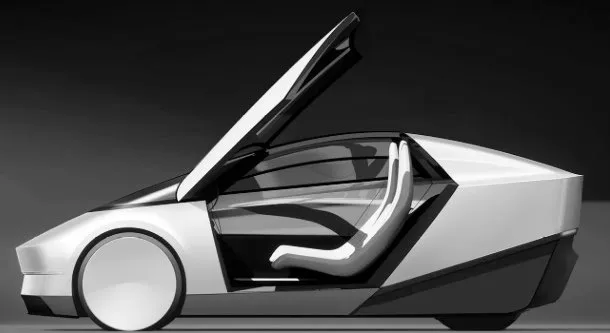
Industry experts predict that this move could reshape urban mobility, reducing reliance on human-driven taxis and cutting costs for ride-hailing operations. By removing labor expenses, Tesla’s Robotaxi model could offer cheaper fares for passengers while maintaining profitability.
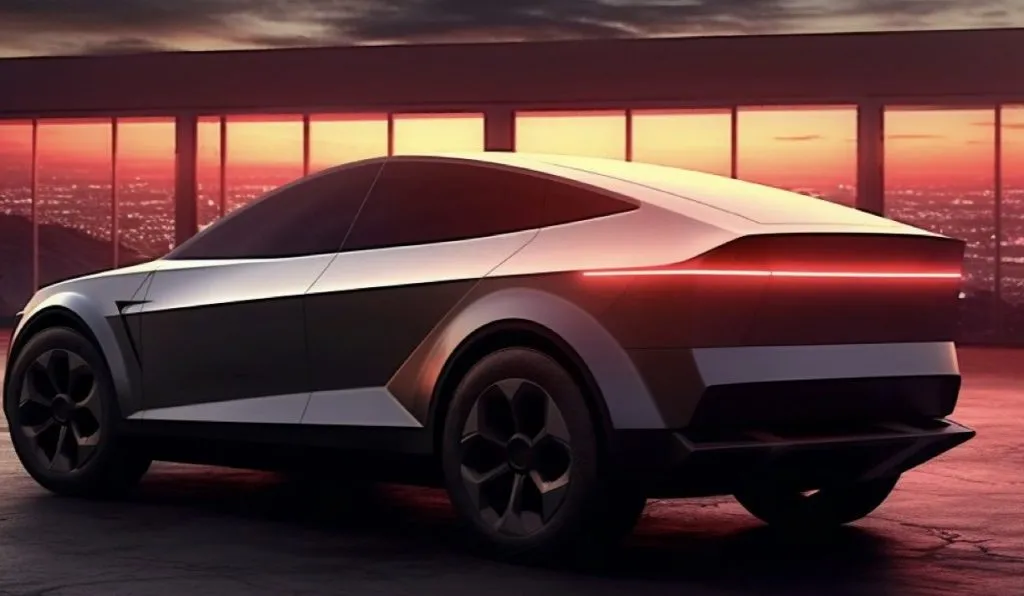
With the official unveiling just months away, anticipation is building around how Tesla’s new Robotaxi API will function and what it means for the future of transportation. If successful, it could mark a transformative shift in the way people move, pushing autonomous technology further into mainstream adoption.

